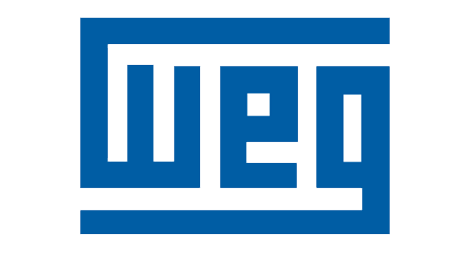WEG – WEG announces investment of US$ 40 million to acquire new land in Mexico
The objective is to ensure the continuous and sustainable growth of the Company in the long term
WEG has announced the acquisition of a new piece of land in the city of Atotonilco de Tula, state of Hidalgo, Mexico.
Located in front of the largest manufacturing site of the Company in the country, the land has a total area of 640,000 m² (6,900,000 ft²) and is part of the long-term strategy to increase the productive capacity and expansion of the Company in the country. WEG invested US$ 40 million in the acquisition of the new space.
“This is a fundamental investment to support WEG’s growth in the future, as it strengthens our position in one of the largest markets in the world for the Company’s product portfolio. In addition, with this investment we will be able to continue growing, both in production capacity and in the verticalization of operations, following our modular expansion strategy”, explains André Luis Rodrigues, CFO of WEG.
The proximity of the new land to WEG’s largest manufacturing site in the country will facilitate the integration of production processes and the verticalization of Mexican operations in the future, as well as the logistics process, allowing to share resources from the support areas between the units.
WEG has been present in Mexico since the year 2000 and has five factories in the country: two in Huehuetoca, producers of electric motors and transformers, one in Tizayuca, specialized in the manufacture of transformers, and two in Atotonilco de Tula, where the Company has manufacturing dedicated to the production of electric motors, electrical panels and industrial powder coatings. With the acquisition of the new land, the Company adds more than 1,200,000m² (12,900,000 ft²) of surface area in Mexico, where it currently has around 4,000 employees.
SourceWEG
EMR Analysis
More information on WEG: See the full profile on EMR Executive Services
More information on Harry Schmelzer Jr. (Executive President, WEG): See the full profile on EMR Executive Services
More information on André Luís Rodrigues (Chief Financial and Investor Relations Officer, WEG): See the full profile on EMR Executive Services
EMR Additional Notes:
- Motors and Drives:
- A motor is the mechanical or electrical device that generates the rotational or linear force used to power a machine. A drive (also often referred to as an electric controller) is the electronic device that harnesses and controls the electrical energy sent to the motor.
- By positioning a drive between the electrical supply and the motor, power is fed into the drive, and the drive then controls and regulates the power that is fed into the motor. This allows control of speed, direction, acceleration, deceleration, torque and, in some applications, position of the motor shaft.
- Transformers (Distribution Transformers and Power Transformers):
- A distribution transformer is the type of transformer that performs the last voltage transformation in a distribution grid. It converts the voltage used in the transmission lines to one suitable for household and commercial use, typically down to 240 volts.
- The transformer is classified into three types based on the voltage level produced: Step down, Step up, and an isolation transformer.
- Transformers changes from high voltage to low voltage, used in homes and businesses. The main function of this is to reduce the voltage to provide isolation between the two windings as primary and secondary. This transformer distributes electricity to remote areas generated from power plants.
- While transformer stations are linked to high/medium-voltage transmission systems, electrical substations are designed to support and transform lower voltages.
- Distribution transformers always operate at a load less the rated full load. Power transformers always operate at full load. Distribution transformers are designed to give maximum efficiency at 60 to 70% of the rated load. Power transformers have maximum efficiency at full load.
- Power Transformers are used in transmission network of higher voltages for step-up and step down application (400 kV, 200 kV, 110 kV, 66 kV, 33kV) and are generally rated above 200MVA.
- Distribution Transformers are used for lower voltage distribution networks as a means to end user connectivity. (11kV, 6.6 kV, 3.3 kV, 440V, 230V) and are generally rated less than 200 MVA.



